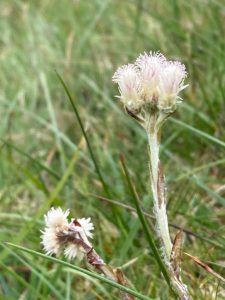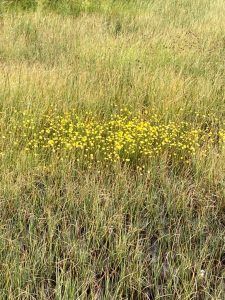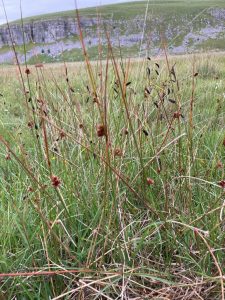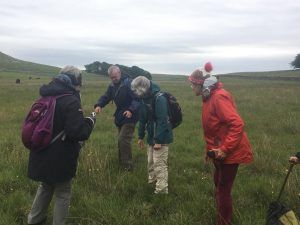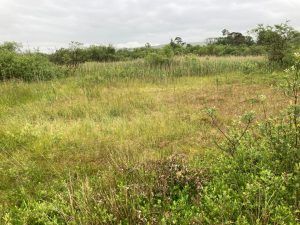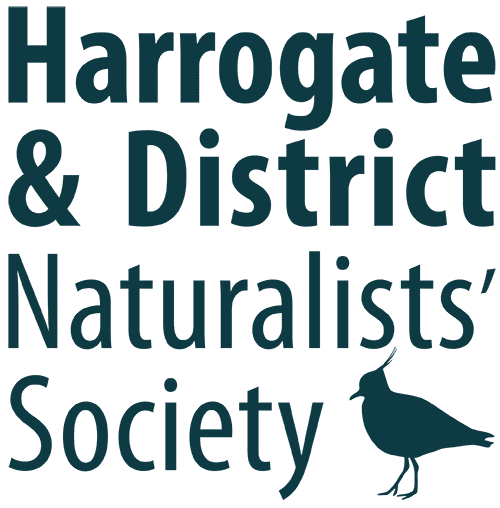This was a botanists’ dream come true – Malham Tarn area is surely one of the best plant sites in the county, and here we were with Judith Allinson, a professional botanist who knows the area intimately, a natural teacher whose enthusiasm was enough to keep us going all day despite the rain, wind and cold on a not-very midsummer-like day. The 7 HDNS members were wrapped up in fleeces and waterproofs and wishing for more…!
Malham Tarn is an unusual lime-rich upland lake, set amid a variety of habitats with a range of nationally scarce species. There are areas of fen, carr woodland, raised bog, and acid grassland; the area’s importance is recognised by its designation as a RAMSAR site, an SSSI and a SAC.
The focus of this event was wetland plants, in particular the members of the sedge family, which Malham Tarn is famous for. In fact the ground was unusually dry, which was lucky as we were soon crawling around the Watersinks area on our hands and knees while Judith opened our eyes to several different rush and sedge species where before we saw only grass. Particularly discreet is the tiny Isolepis, a club-rush the size of a needle, with a little off-centre flower no bigger than a poppy seed. As Judith pointed out, its apparent national scarcity is probably more to do with under-reporting! We were taught how to recognise several more rushes and sedges, before setting off after lunch for the Tarn House. On the way we diverted to view a spread of Mountain Everlasting, an unusual-looking white woolly flower with separate sexes, though all the plants we saw were females, and presumably formed a clone.
Walking through Ha Mire, a wonderfully diverse bog, grazed by cattle, we checked some species of Cotton-grass and more rushes, but did not have time to explore this area as we were aiming for the Fen. At Tarn House Judith magically conjured up mugs of tea and chocolate biscuits, then we passed through the woodland area, with more interesting plants and ferns, to the start of the boardwalk which traverses the Fen and raised bog.
Now at its peak flowering time, this area was just superb, a landscape of tall waving grasses and sedges amid a sea of sphagnum and leafy plants, dotted with marsh flowers such as Bogbean, Marsh Cinquefoil, Common Wintergreen and more sedges, many found in very few other localities. Our sedge total was now into the 20s, though our ability to assimilate the ID features was reaching saturation…. Nowhere else could you find such a range of different species, and the 2 Tussock Sedges are found at only a couple of other sites in the Vice-county.
A brilliant day out. We had learned so much, the diversity of the site is quite overwhelming! Many thanks to Judith, without whom we would not have known where to look nor what we were seeing.
Muff Upsall
(A plant list is attached; the ‘Forbs’ or flowering plants which are not grasses, sedges or rushes, were not systematically recorded so only a sample is included in the list.)
